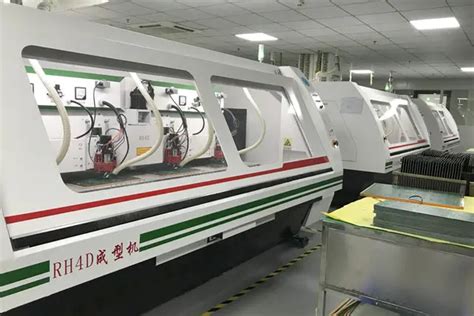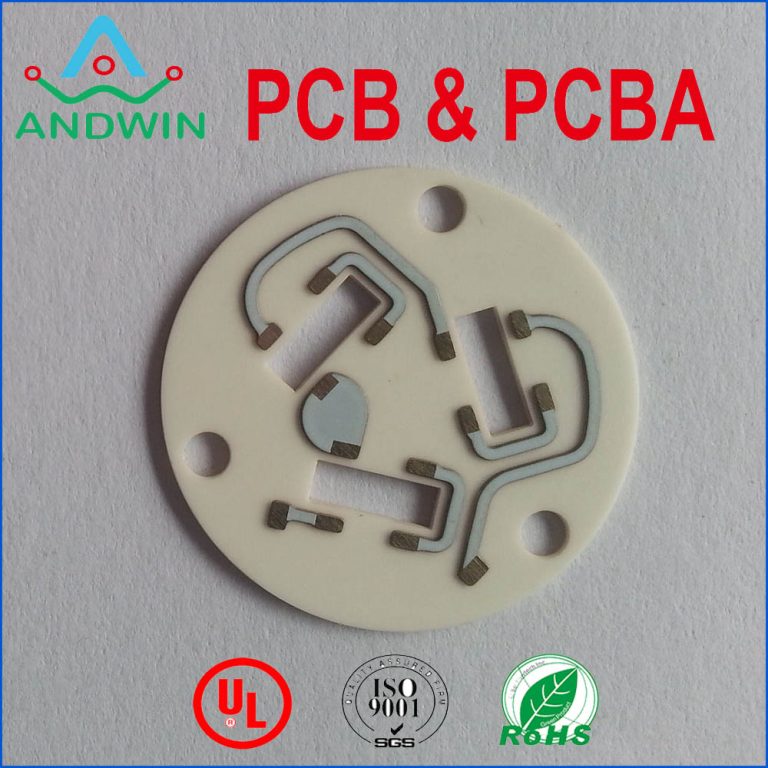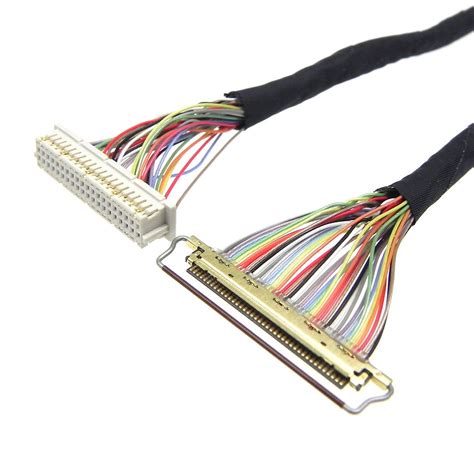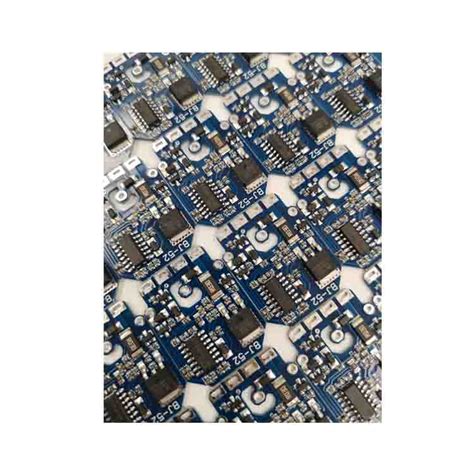Isola PCB Manufacturer: Trusted Global Materials Since 1912
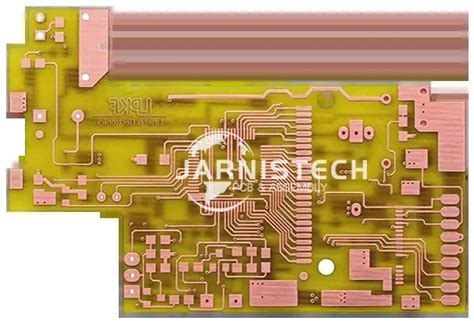
Key Takeaways
When selecting partners for PCB manufacturing, you need to balance technical expertise with cost efficiency. Established PCB manufacturing companies often leverage decades of material innovation to optimize PCB manufacturing cost while maintaining performance. For instance, advanced dielectric prepregs and copper-clad laminates enable thinner, high-reliability multilayered designs—critical for aerospace and automotive applications.
Tip: Always verify a supplier’s testing protocols for thermal stability and signal integrity, especially when scaling your PCB manufacturing business.
Here’s a quick comparison of cost drivers in PCB manufacturing:
| Factor | Impact on Cost | Mitigation Strategy |
|---|---|---|
| Layer Count | Increases exponentially | Optimize stack-up design |
| Material Selection | High-performance = $$$ | Align specs with application |
| Turnaround Time | Rush fees apply | Plan production cycles early |
Global R&D hubs, like those supported by regional expertise, ensure consistent quality across continents—a non-negotiable for mission-critical electronics. While smaller suppliers might offer lower initial costs, partnering with firms that integrate material science with fabrication precision reduces long-term risks.
Your focus should extend beyond upfront pricing; consider how material innovations (e.g., low-loss laminates) future-proof your designs against evolving industry standards. This approach transforms PCB manufacturing from a transactional expense into a strategic advantage.
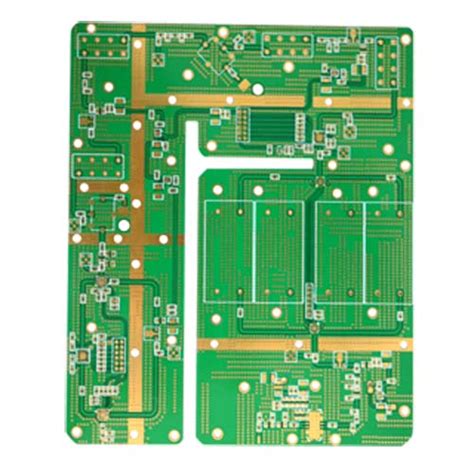
Isola’s Century-Long PCB Legacy
When evaluating options for PCB manufacturing, longevity often signals reliability—and few PCB manufacturing companies can match Isola’s 110+ years of material science expertise. Since 1912, the company has refined its role as a foundational partner for engineers designing high-performance electronics, evolving from early insulating materials to today’s advanced copper-clad laminates. This deep-rooted legacy ensures that when you prioritize durability and signal integrity in multilayer designs, Isola’s solutions are engineered to meet rigorous demands.
What sets Isola apart isn’t just its timeline but its ability to balance PCB manufacturing cost with cutting-edge performance. By optimizing dielectric prepregs and laminate systems, the company helps streamline production workflows—critical for businesses scaling their PCB manufacturing business across industries like aerospace or automotive. Their global R&D network further ensures localized support, whether you’re prototyping or transitioning to high-volume fabrication. For engineers, this translates to fewer compromises between material quality and project budgets, a balance that’s defined Isola’s century-long impact on electronics innovation.

Global Copper-Clad Laminates Leader
When selecting materials for PCB manufacturing, the choice of copper-clad laminates (CCLs) directly impacts performance, reliability, and PCB manufacturing cost. As the global leader in this critical sector, Isola has redefined industry standards through precision-engineered laminates that balance durability with signal integrity. Their solutions cater to high-frequency applications, where thermal management and signal loss prevention are non-negotiable for advanced electronics.
For PCB manufacturing companies, Isola’s CCLs offer a competitive edge by minimizing material waste and optimizing production efficiency. Their proprietary formulations address challenges like thermal expansion mismatch—a common pain point in multilayer designs. This translates to fewer defects during fabrication, reducing overall PCB manufacturing business expenses.
Beyond technical superiority, Isola’s global R&D network ensures tailored solutions for regional demands. Whether you’re prototyping or scaling production, their laminates adapt to diverse environmental conditions—from humid tropical climates to arid industrial zones. By choosing a partner with over a century of material science expertise, you secure a foundation that aligns with both current needs and future innovations in PCB manufacturing.

Multilayer PCB Prepreg Innovations
When designing multilayer PCBs, the choice of prepreg materials directly impacts signal integrity, thermal stability, and long-term reliability. PCB manufacturing companies like Isola have pioneered low-loss dielectric prepregs that enable faster data transmission while minimizing signal distortion in high-frequency applications. Their innovations in resin formulations address critical challenges such as thermal management and z-axis expansion, ensuring consistent performance across temperature cycles and mechanical stress.
For cost-sensitive projects, optimizing PCB manufacturing cost often hinges on selecting prepregs that balance performance with process efficiency. Isola’s halogen-free and ultra-thin prepreg solutions reduce material waste during lamination, streamlining production for complex stack-ups. These advancements not only lower assembly risks but also enhance yield rates—a critical factor for scaling PCB manufacturing business operations globally.
By integrating proprietary fiberglass weaves and tailored resin systems, manufacturers achieve tighter impedance control in high-density interconnects (HDIs). This precision is vital for applications like 5G infrastructure and automotive electronics, where even minor deviations in PCB manufacturing tolerances can compromise system functionality. When selecting materials, prioritize suppliers with proven R&D capabilities to future-proof your designs against evolving industry standards.
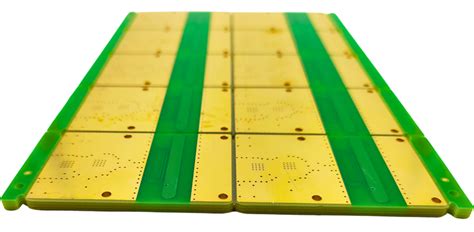
Worldwide PCB R&D and Manufacturing
When evaluating PCB manufacturing companies for complex projects, you need partners with truly global technical capabilities. Leading firms maintain strategically located R&D centers across three continents, enabling real-time collaboration between material scientists in Arizona, process engineers in Germany, and application specialists in Taiwan. This multinational infrastructure allows manufacturers to optimize PCB manufacturing cost structures while meeting region-specific compliance requirements—critical for aerospace, automotive, and 5G applications.
Advanced PCB manufacturing workflows now integrate AI-driven simulation tools with physical prototyping, reducing development cycles by 40% compared to traditional methods. You’ll find top-tier suppliers investing 8-12% of annual revenues into dielectric material innovation, directly addressing challenges like signal loss in high-frequency boards. For businesses scaling their PCB manufacturing business, this translates to access to patented prepreg systems that support 20+ layer stackups without compromising thermal reliability.
The most competitive partners combine ISO-certified production facilities with localized technical support, ensuring your designs transition smoothly from validation testing to volume manufacturing—whether you’re prototyping IoT devices or ramping up server motherboard production.
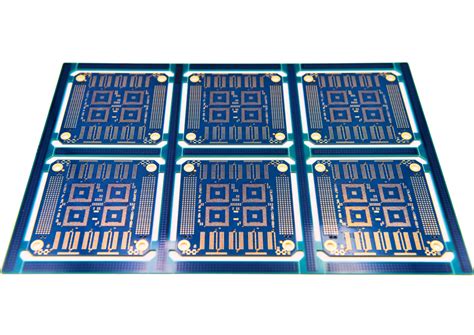
Rigorous PCB Material Quality Testing
When evaluating PCB manufacturing companies, you need partners who treat material verification as mission-critical. Leading manufacturers implement multistage inspection protocols that begin at raw material reception – from verifying copper foil thickness within ±3% tolerances to analyzing resin flow characteristics in prepregs. These processes directly impact PCB manufacturing cost efficiency by preventing downstream defects that account for 37% of production waste in substandard operations.
Advanced techniques like dynamic mechanical analysis (DMA) validate dielectric stability across -55°C to +260°C thermal cycles, while ion chromatography detects ionic contamination below 0.2 μg/cm² – critical for aerospace-grade PCB manufacturing. Third-party certifications like UL 746F and IPC-4101SL compliance audits ensure materials meet your industry’s performance thresholds, whether you’re prototyping IoT devices or scaling PCB manufacturing business volumes.
Real-time data tracking systems document every laminate batch’s Tg values and dimensional stability, creating auditable trails for automotive or medical applications. This level of scrutiny transforms material selection from a cost center into a reliability multiplier, particularly when scaling complex multilayer designs. By prioritizing these validation frameworks, manufacturers mitigate risks that 68% of electronics engineers cite as primary concerns in supplier selection surveys.
Advanced PCB Fabrication Solutions
When selecting a PCB manufacturing partner, you need solutions that balance precision, scalability, and cost-efficiency. Leading PCB manufacturing companies like Isola leverage cutting-edge technologies to optimize material utilization and streamline production workflows. Their advanced fabrication processes integrate laser direct imaging (LDI) and automated optical inspection (AOI), ensuring micron-level accuracy for complex multilayer designs while reducing PCB manufacturing cost through minimized waste.
For businesses prioritizing high-frequency or high-speed applications, Isola’s tailored dielectric prepregs and copper-clad laminates enable consistent signal integrity across demanding environments. Their global R&D network continuously refines fabrication techniques, addressing challenges like thermal management and impedance control. This expertise not only enhances product reliability but also strengthens your PCB manufacturing business by shortening time-to-market for next-gen electronics.
By partnering with innovators in PCB manufacturing, you gain access to scalable solutions that adapt to evolving industry standards—from automotive to aerospace. The combination of rigorous testing protocols and sustainable material sourcing ensures compliance with international certifications, positioning your projects for long-term success in competitive markets.
Trusted Electronics Foundation Since 1912
For over a century, Isola has built its reputation as a cornerstone of PCB manufacturing by delivering materials that power the world’s most demanding electronic systems. When you partner with industry-leading PCB manufacturing companies, you’re not just selecting materials—you’re investing in a legacy of innovation refined through decades of global R&D. Since 1912, Isola’s copper-clad laminates and dielectric prepregs have become synonymous with reliability, enabling manufacturers to balance PCB manufacturing cost with uncompromising performance.
What sets Isola apart in the PCB manufacturing business is its commitment to solving real-world challenges. Their advanced materials reduce signal loss in high-speed applications while maintaining thermal stability—critical factors for aerospace, automotive, and telecommunications sectors. By collaborating with global engineering teams, you gain access to tailored solutions that align with regional compliance standards and production workflows.
From prototyping to mass production, Isola’s quality-first approach ensures every multilayer PCB meets rigorous performance benchmarks. Whether optimizing material thickness or enhancing dielectric constants, their expertise helps you navigate complexities in modern electronics without sacrificing durability. For over 110 years, this foundation of trust has empowered engineers to push boundaries, knowing their designs rest on proven materials engineered for tomorrow’s innovations.
High-Performance PCB Material Expertise
When selecting materials for PCB manufacturing, you need solutions that balance thermal stability, signal integrity, and mechanical durability. This is where PCB manufacturing companies rely on Isola’s engineered substrates to meet demanding performance criteria. Their high-speed laminates and low-loss prepregs enable precise control over PCB manufacturing cost by minimizing material waste and reducing rework rates. For multilayer designs, Isola’s dielectric materials ensure consistent impedance matching across layers, a critical factor for 5G and aerospace applications.
The company’s proprietary resin systems also address challenges in PCB manufacturing business environments, such as thermal expansion mismatches and humidity resistance. By optimizing material properties like glass transition temperature (Tg) and dissipation factor, they help manufacturers avoid costly delays from material-related failures. This becomes crucial when scaling production across global markets, where environmental conditions vary widely. With over a century of R&D investment, Isola’s expertise ensures your boards perform reliably under extreme electrical and mechanical stress—whether you’re prototyping or ramping up high-volume runs.
Conclusion
When selecting partners for PCB manufacturing, it’s critical to align with companies that balance technical excellence with decades of proven reliability. For over a century, Isola has served as the backbone for PCB manufacturing companies seeking high-performance materials, enabling innovations in industries from aerospace to telecommunications. Their expertise in optimizing PCB manufacturing cost without compromising quality ensures your projects remain competitive, whether you’re prototyping or scaling production.
As you evaluate suppliers for your PCB manufacturing business, consider how Isola’s global R&D network and rigorous quality standards address challenges like signal integrity and thermal management. By integrating their copper-clad laminates and dielectric prepregs, you gain access to materials tested across extreme environments—a necessity for mission-critical applications. This legacy of innovation not only supports today’s multilayer PCB demands but also future-proofs your designs against evolving technological requirements. Ultimately, partnering with a manufacturer rooted in material science mastery ensures your electronics stand on a foundation built for precision and endurance.
Frequently Asked Questions
How do PCB manufacturing processes affect material selection?
Your choice of dielectric materials and copper-clad laminates directly impacts signal integrity and thermal performance. PCB manufacturing companies prioritize high-quality substrates like those from Isola to ensure reliability in demanding applications.
What drives PCB manufacturing cost variations across regions?
Labor rates, regulatory compliance, and raw material availability create regional cost differences. Partnering with global manufacturers allows you to balance PCB manufacturing cost with technical expertise for multilayer designs.
Why choose specialized PCB manufacturing business partners for high-frequency projects?
Advanced RF/microwave PCBs require materials with stable dielectric constants. Established businesses invest in R&D to deliver prepreg systems that minimize signal loss, critical for 5G and aerospace applications.
How do environmental factors influence PCB manufacturing decisions?
RoHS compliance and thermal expansion coefficients become critical in extreme environments. Suppliers offering rigorous testing protocols help you mitigate risks in automotive or industrial electronics.
Ready to Optimize Your PCB Project?
Explore tailored solutions for your next design by clicking here. Our team aligns Isola’s material innovations with your technical requirements to streamline production timelines.



